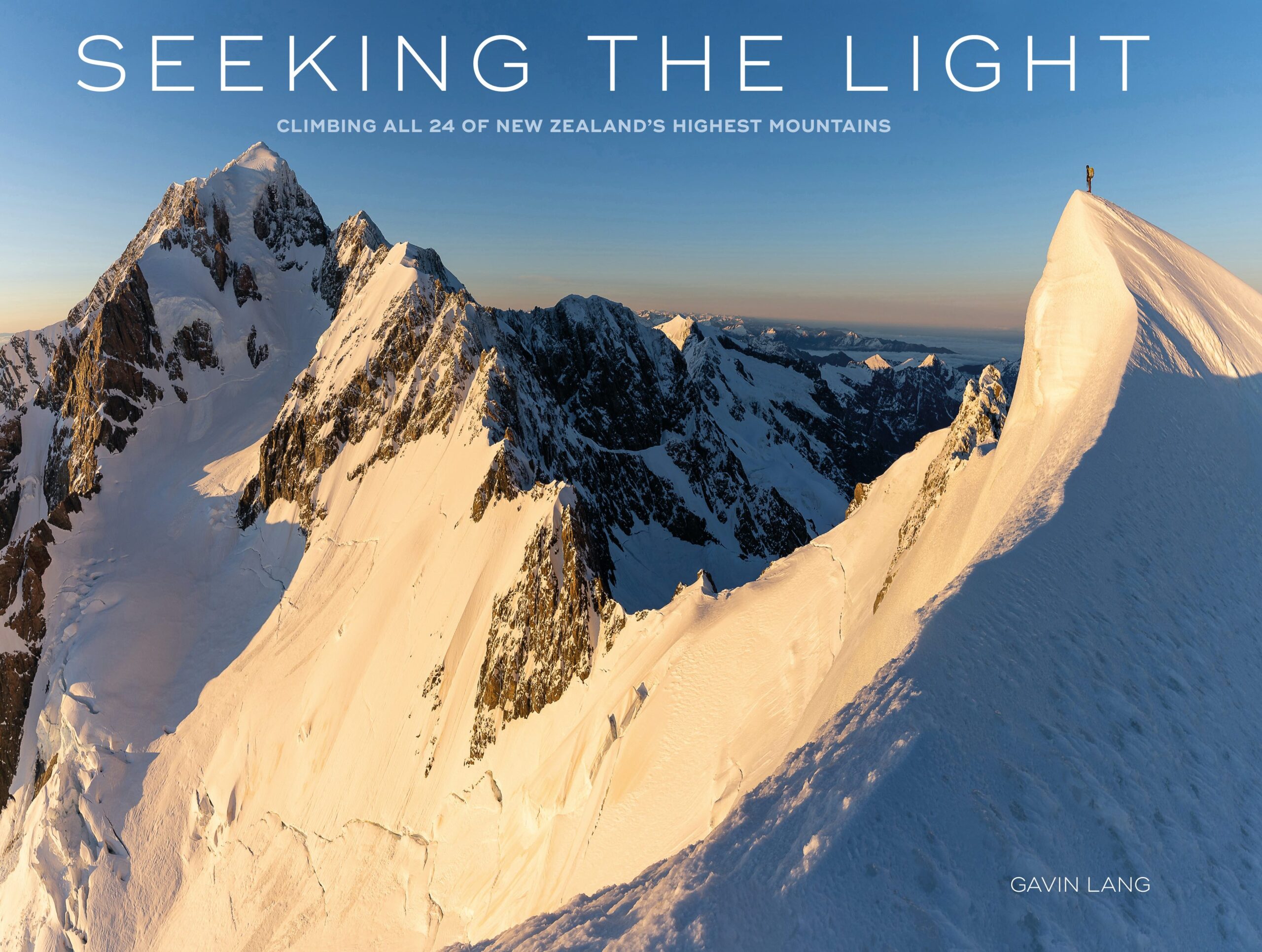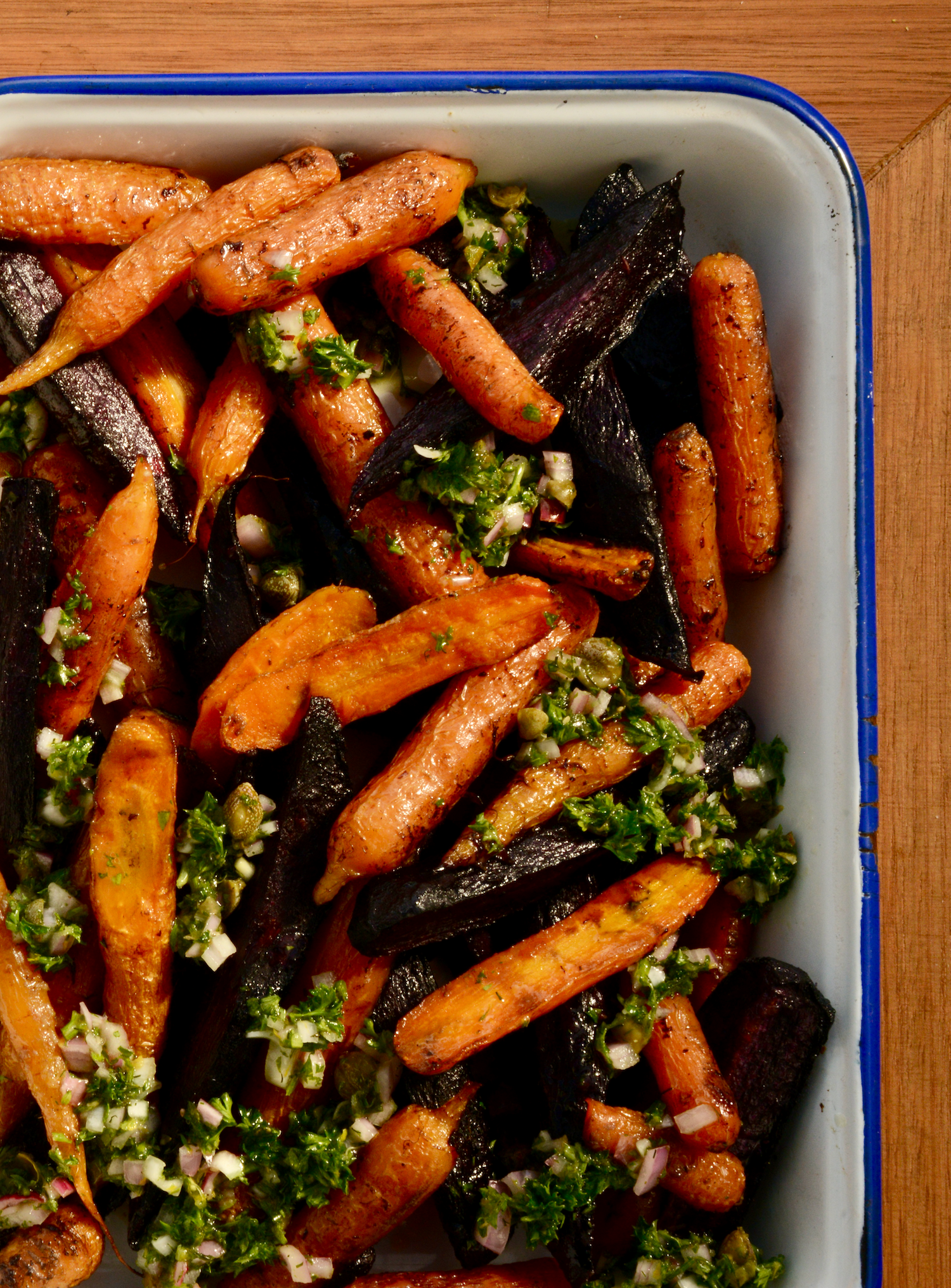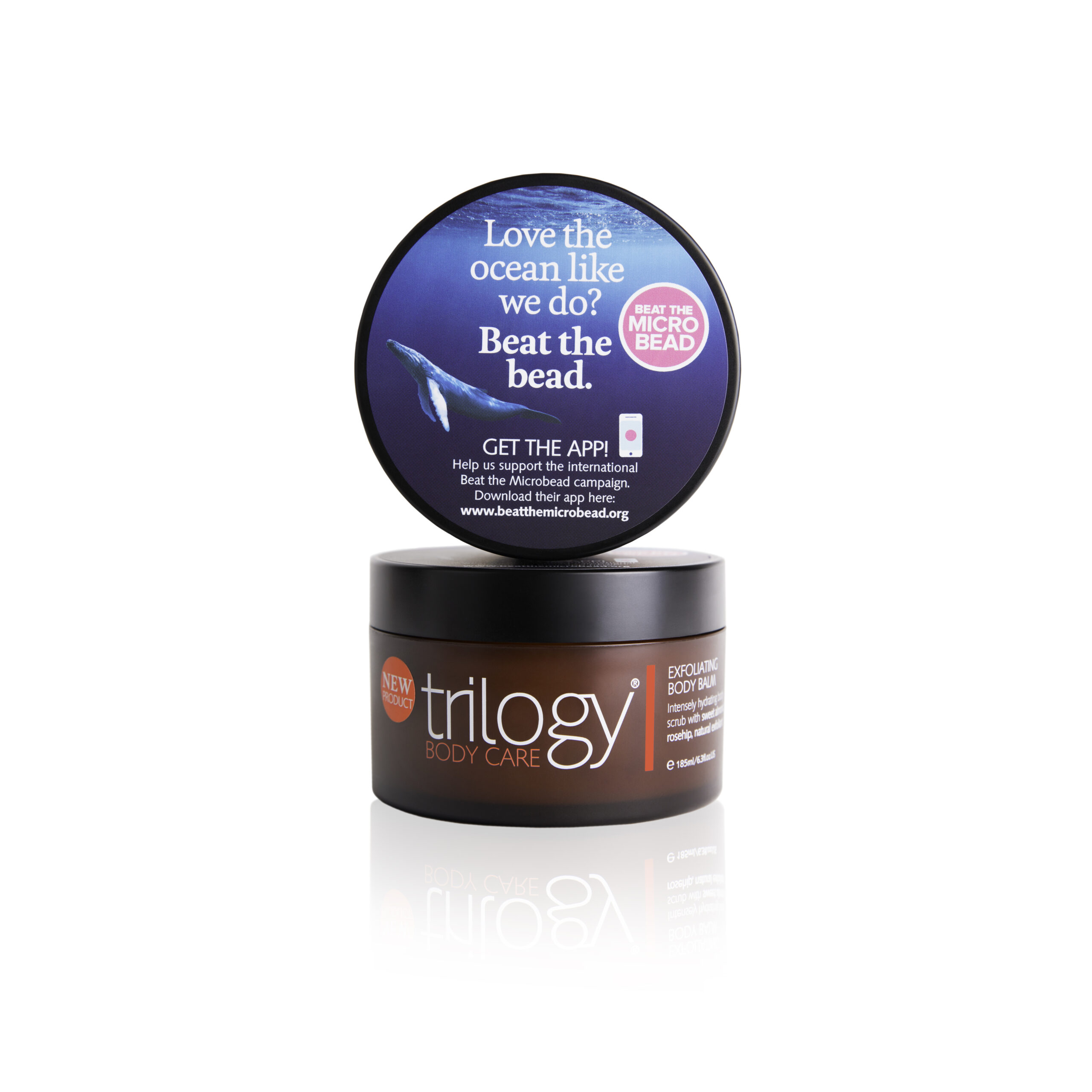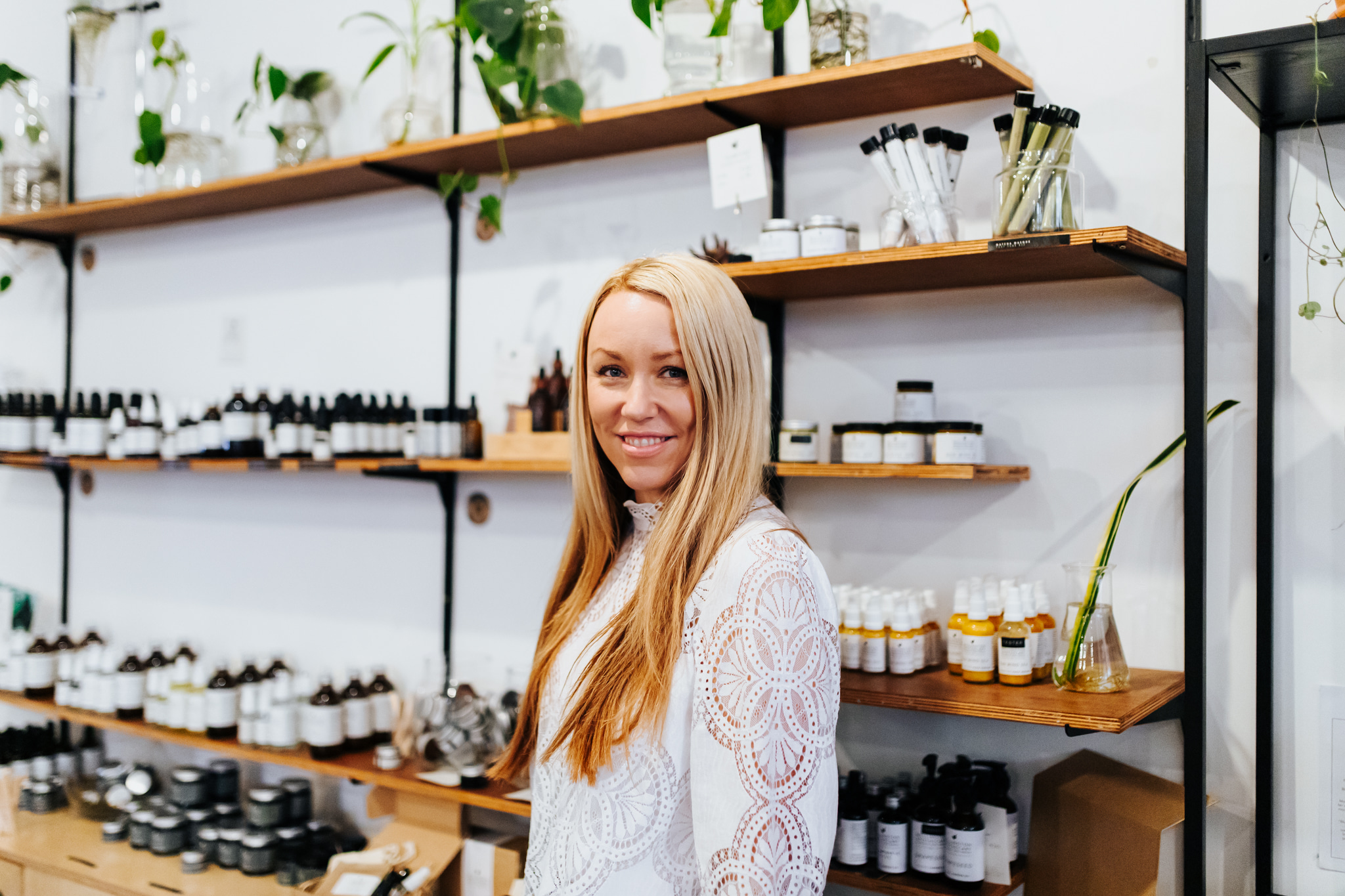A Good chat with mountain guide Gavin Lang and ice climbing ace Sooji Clarkson.
All but one of the 24 highest mountains in New Zealand are within a 12km radius in Aoraki/Mount Cook National Park. The outlier, Mt Aspiring, is 131km to the south.
Mountain guide and adventure photographer Gavin Lang has climbed each one and written a book about it. On many of these ascents, he was joined by Sooji Clarkson who loves the puzzles that ice climbing can present.
Seeking the Light documents these climbs and shows how the pursuit of mountaineering can give us real purpose and insight to actively improve our daily lives back at sea level.

What do you love most about climbing?
Gavin: Freedom of movement and freedom of thought. The challenges that arise from dealing with the curve balls that nature can throw at me requires a certain amount of mental, physical and emotional strength to keep it all together for long days. Through all those difficulties I can usually think more clearly through life’s bigger questions when I’m out climbing. There’s a certain clarity of thought that comes from dealing with risk, uncertainty and difficult choices in nature. In that sense, overcoming mountain challenges is a great exercise in developing resilience to deal with the everyday vicissitudes of life.
Sooji: Overall I love the self-reliance and confidence in yourself that is required to travel over all sorts of terrain to these remarkable places – and there is such a pure joy in being out there in the hills, the natural beauty and solace of which everyone I’ve met can appreciate, even within a photograph.

What are some of the things you need to know to climb ice?
Sooji: I love climbing ice – it’s beautiful, but the transient nature of ice means the conditions can vary so widely, and you need to have a sense of how to assess these and what it means for climbing. Recent and past temperatures that season, rain and snowfall amounts, cloud cover and weather that day will all impact how a piece of ice forms and what it will be like to climb. Too warm and the ice can be unstable and melting out, too cold and it may not form (the snow has not melted at all, so there is no water running out of it to form the ice) or the cold can also mean it can be very brittle and it will break easily into large pieces as you climb.
It’s a fun puzzle collecting these bits of information and trying to figure out whether there will be enough ice to climb and how difficult or dangerous it will be, and often you might just have to go see for yourself – knowing full well you might get there and have to turn around.

What is the best time of the year to climb?
Sooji: For New Zealand, September/October is an excellent time to climb! The snowfall from winter is starting to melt a little and consolidate into good ice and firm snow for climbing, the days are getting longer and the weather more settled and it can be one of the best parts of the year for alpine climbing. Rock climbing is often best either side of summer – when it’s not too hot (it’s difficult to climb rocks when you’re really sweaty…). Many of New Zealand’s big mountains require you to travel across glaciers to get there, so these are often easier to get across early in summer/in late spring, as over summer there are big holes and crevasses that will open up and block your way. However, if that’s not an issue for what you’re trying to get to, the end of summer can be really good too, as the days are longer and the weather is settled.
Gavin: Spring is the best time to go mountaineering in New Zealand, followed by winter. Summer and late summer is good for long, hot days, but it can also be uncomfortably hot, and the glaciers can get very broken. Glacier access and lack of ice on the steeper climbing routes can make or break an objective.

What’s a good climb for newcomers to try?
Sooji: Around Christchurch getting up to Foggy or Castlehill Peak (near Porters Pass) in winter is a perfect first outing with crampons and ice axes, to consolidate skills after an introductory alpine course – or to practice skills you’ve already picked up elsewhere.
The classic Canterbury trips of Mt Rolleston by either the Otira Slide or Rome Ridge are timeless and where many generations of climbers have cut their teeth, and are good next objectives for progressing climbers to aim for.
Though we do have great Kiwi can-do spirit, it’s not a bad idea to get some instruction through one of the long-standing excellent alpine clubs around the country, or other places offering introductory alpine courses, as there are obviously some very real hazards in the alpine that you do need some knowledge and skills to avoid.
How do you deal with risks?
Sooji: A piece of advice I was given early on has always stuck with me. There are so many varied and complex hazards in the mountains, and though you might get lucky a few times, statistics will eventually catch up with you. So stack the odds in your favour and work to reduce all of the risks that you can control and understand the remaining uncontrolled factors so your choice to accept the remaining risk is a conscious and informed decision. Ongoing education on avalanches and weather, as well as rope systems and rescue, and having a disciplined approach to trip planning and hazard evaluation are great ways to reduce risk that you have control over.
Gavin: I prioritise them and decipher whether they are actual or perceived, then make a plan to turn away from, accept or mitigate the risks. In mountaineering, there is usually a whole bunch of risks I can plan to tackle, but paying attention to new risks or changing risks is just as important.

Any lessons learned from the mountains that you can share?
Sooji: We’re tougher than we think. I am working on being more resilient… how cranky do I get when stressed, cold, hungry or tired? Practising this kind of resilience flows over into life – the little things don’t bother or stress you so much, and it’s an exercise in operating under pressure. But don’t forget to enjoy the little things. A cup of hot tea is never more rewarding than after a cold, wet day, and your friends are the closest when you’ve been through a difficult experience together. You will always know much more truly who someone is after a difficult weekend trip together than from months of avoiding the pressure cooker and only socialising in comfortable, easy places.
Gavin: Listen to your intuition – if something doesn’t feel right, speak up, act on it or make changes. Intuition is an undervalued resource in the mountains. Listen to your body – both in the short-term and long-term sense. Sometimes little niggles can become big issues. When you get to the point where you feel very comfortable in the mountains, be extra cautious. Complacency and familiarity play their own part in mountaineering accidents. Mountaineering can be addictive and any addiction is unhealthy. All addictions wear down your body and mind one way or another. Watch out for the signals of addiction.

What is your advice for someone wanting to start climbing?
Sooji: Get into it, stay humble – there’s ALWAYS more you can learn – and make sure it is for the right reasons. Don’t do it for ego or just ‘getting to the top’ – 99.9 per cent of alpine climbing is NOT standing on top, so if you don’t enjoy the journey to the top, you’re in for a pretty disappointing time.
Gavin: Do fun things rather than scary or dangerous things and don’t follow someone else who’s new to climbing into terrain you’re not comfortable on, expecting them to figure everything out.
Also, don’t wait to be invited. Take the first steps yourself into easy terrain and do it often. Get mileage on easy terrain in all kinds of conditions, like hard and soft snow, in all weather, using technical gear like crampons or axes. By the time you get to more serious terrain, you will likely feel fitter and a whole lot more comfortable being there because of all the experiences you’ve had up to that point.
What inspired this book?
Gavin: I wanted to convey the benefits of climbing/mountaineering to personal health and development. Also, the fact that no one has photographed the Southern Alps in this way before… I’d been dreaming about doing this for 15 years before I finally took action.

What do you hope people take from it?
Gavin: A sense of gratitude and wonder for our wild places and a better understanding of why we should go there. How managing risk in the outdoors is a tool that can be applied to everyday life.
Sooji: Alpine climbing is not about conquering mountains, or just standing on top. I don’t believe we conquer mountains – they are still there when we leave, pretty much the same, and will still present the same or even additional challenges if we went back again. The challenges and the journey are the real part of climbing for me – and the people we share these with.






